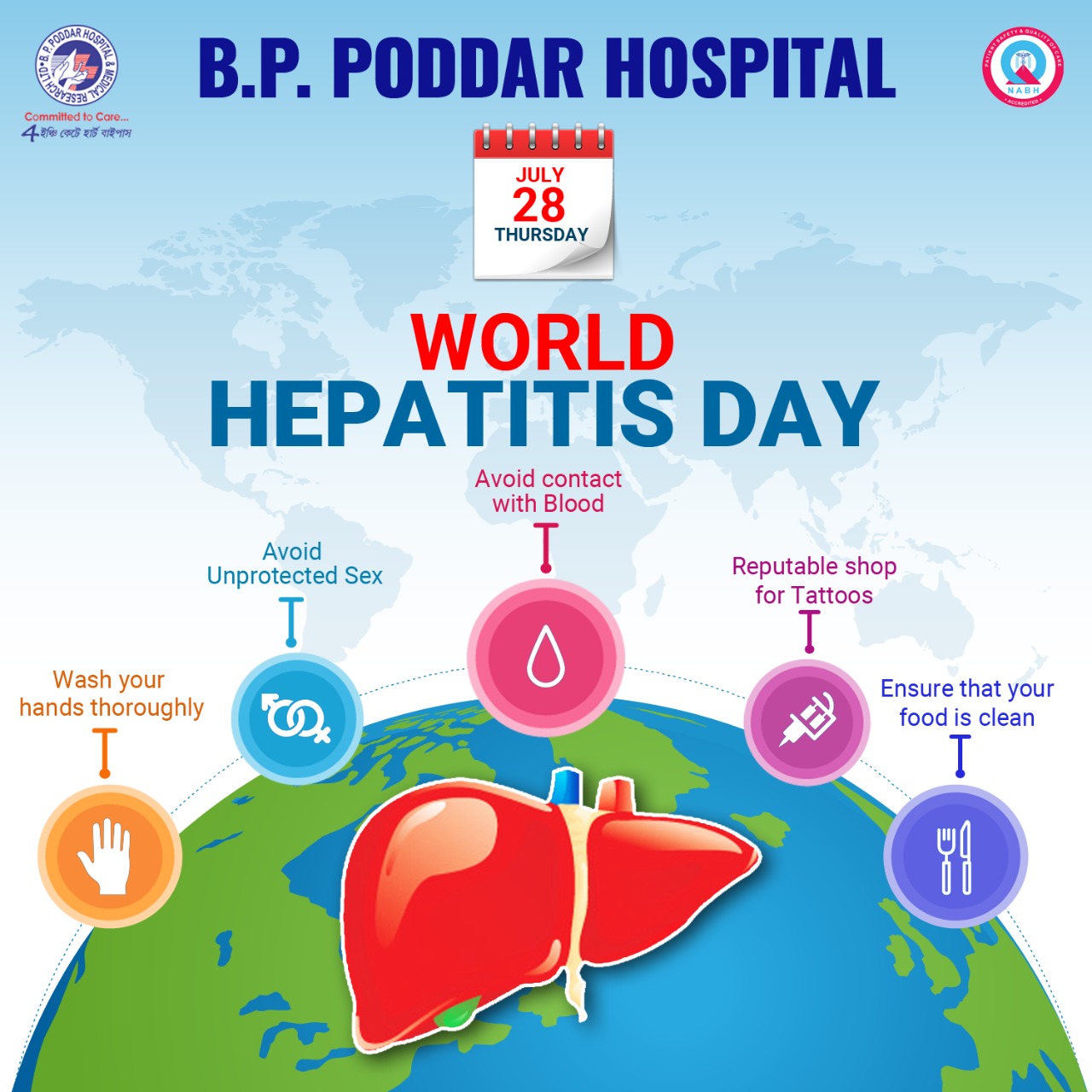
Every year on July 28, World Hepatitis Day is celebrated to bring attention to the dangerous liver condition known as "hepatitis." It is a liver condition that can be brought on by a number of different bacteria, viruses, or parasites. Hepatitis can be prevented in a variety of ways, but there is currently no treatment for the illness. On July 28, people around the world observe World Hepatitis Day to raise awareness of the disease's risks and encourage the actions against it. Additionally, the day strives to better manage, detect, and prevent the viral hepatitis and other related disorders. It also serves as a reminder of how crucial it is to raise the rate of hepatitis B vaccinations and also promotes the creation of an international action plan against hepatitis.
The day is marked in honor of the Nobel winning scientist Dr. Samuel Blumberg’s birthday who had discovered Hepatitis B, invented a test as well as the vaccination for the same. The purpose of the day is to raise awareness of the different types of hepatitis (Hepatitis A, B, C, D and E) and how they are spread.
Causes- Hepatitis is an inflammatory disorder of the liver and can have other probable origins besides viral infections. Viral Hepatitis is mainly classified into the following 5 main types:
1. Hepatitis A: It is caused by hepatitis A. (HAV). Hepatitis of this kind is an acute, transient illness. This hepatitis is caused due to contaminated food and water.
2. Hepatitis B: This is a chronic and ongoing hepatitis caused by the Hepatitis B Virus (HBV). It is blood borne caused due to blood transfusion with the infected persons, syringes etc.
3. Hepatitis C: It is caused by the Hepatitis C Virus (HCV) which results in significant liver damage by inflaming the liver caused by the contaminated blood.
4. Hepatitis D: This is an uncommon type of hepatitis that only develops when hepatitis B infection is present. Inflammation of the liver is caused by the hepatitis D virus (HDV) which is contagious only in the presence of hepatitis B infection. Around the world, HDV affects around 5% of the people those with chronic hepatitis B.
5. Hepatitis E: Waterborne hepatitis E is caused by exposure to the hepatitis E virus (HEV). It is often brought on by contaminated water supply and is primarily seen in unhygienic places. This hepatitis is usually acute but at times it can become fatal for the pregnant women.
Sometimes, hepatitis can also be caused by the alcohol consumption, medications or due to toxins. Autoimmune disorders can also sometimes cause damage to the liver and leads to hepatitis due to inflammation.
Symptoms-
Diagnosis and Treatment-
Prevention and Control-